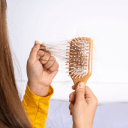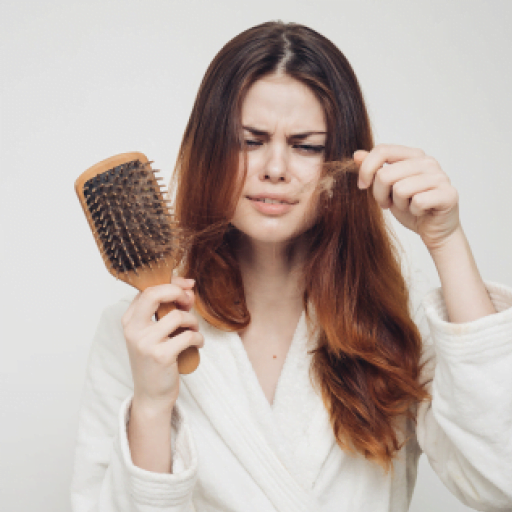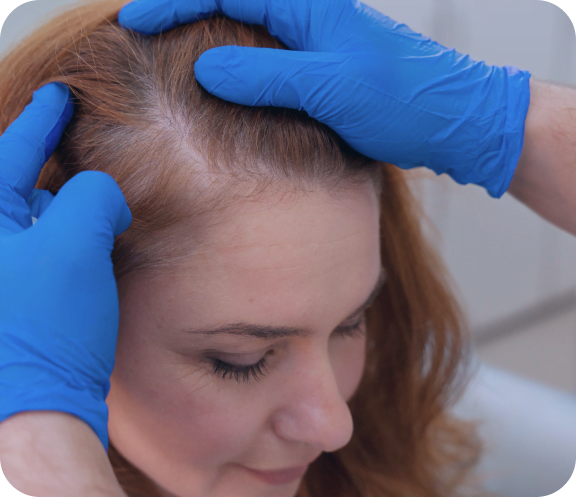Hair Loss in Women
There likely isn’t anything more disturbing for most women than a distinctly thinner hairline or dull and flat hair that seems to have lost its volume. While it’s normal to lose anywhere from 50 to 100 strands of hair a day, more than this amount can indicate an underlying condition. While the reason is usually harmless, hair loss can be caused by anything from improperly styling your hair to a genetic predisposition to hair loss.
Considering hair loss is an issue that increasingly affects women as they get older, you’ll want to learn some tips and techniques that can help combat hair loss in women. If you’ve noticed your hair seems to be thinner, we’ve enumerated the causes of hair loss in women and how to treat each one of them. However, If you fail to start seeing results within a few months, a simple blood test by your doctor can determine if an underlying health condition is causing the hair loss.
When a medical condition cannot explain your thinning hair, the condition is called androgenetic alopecia, where hair thins over the top of the head and sides. This condition refers to a hereditary predisposition to hair loss. Many people think men are the only ones affected by hair loss. However, more than 50% of women will experience evident hair loss as they get older. The most significant cause of hair loss in women is female pattern baldness. It affects about one-third of susceptible women, which equals some 30 million women in the United States.
The good news is that your hair could be thinning for many reasons, but you can find a solution that works for your specific situation.
Consider some of the causes of hair loss in women and how you can correctly treat your thinning hairline.


